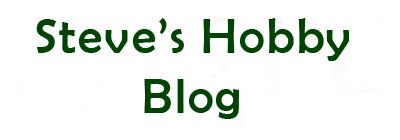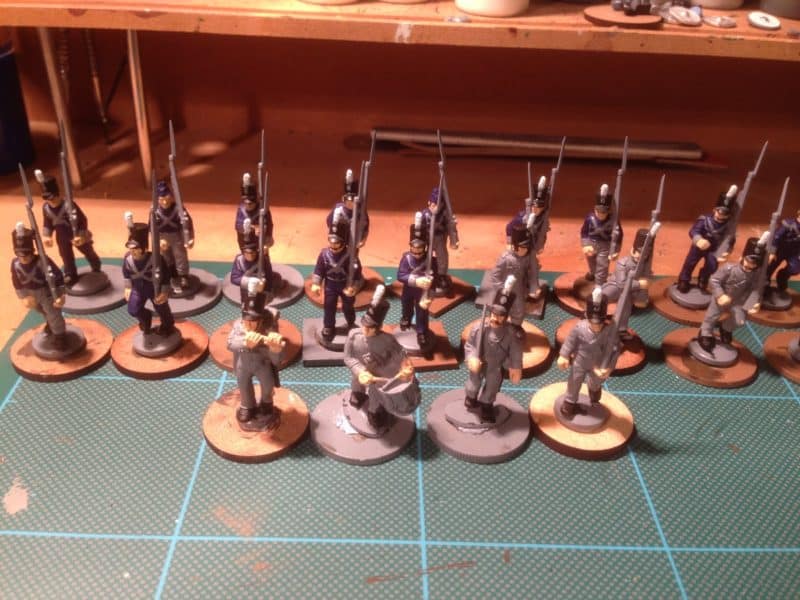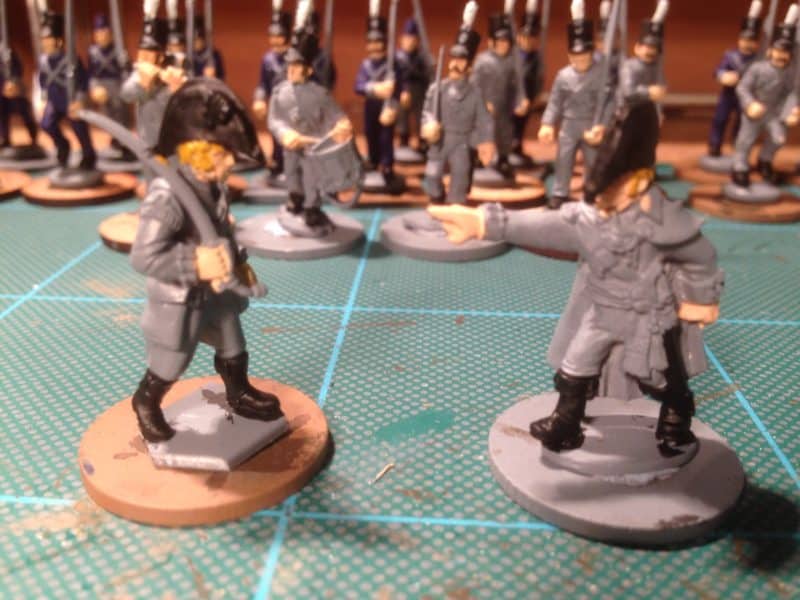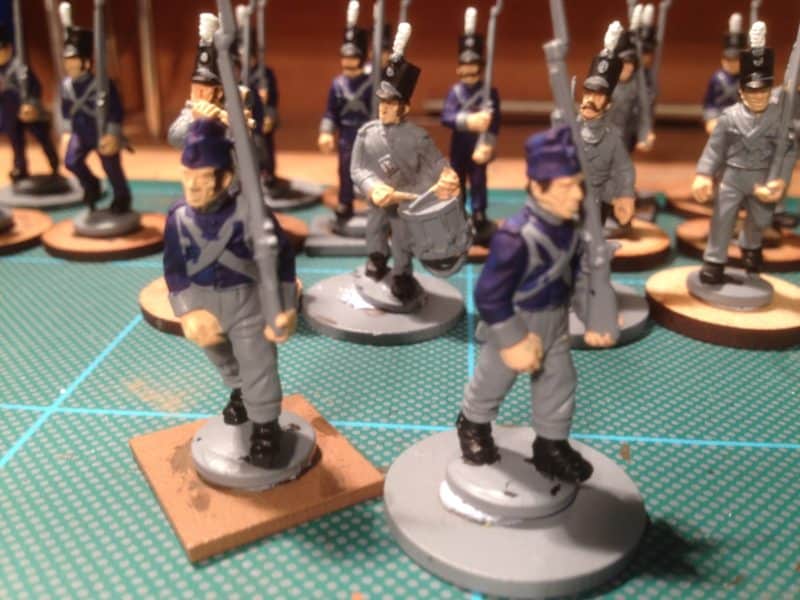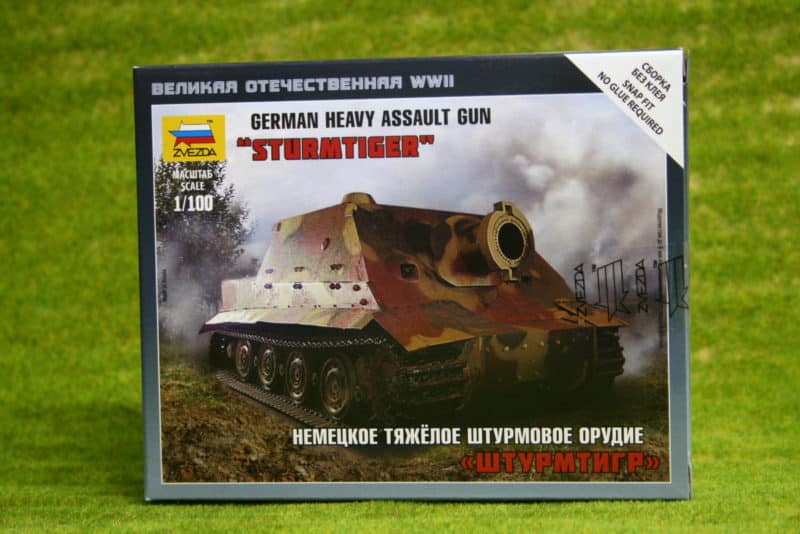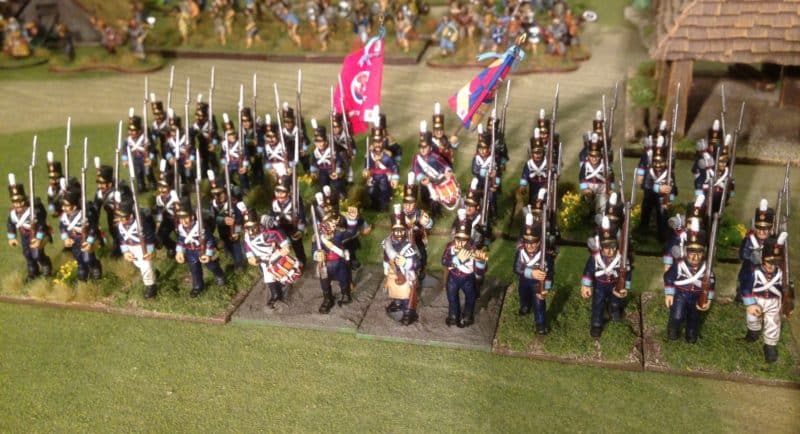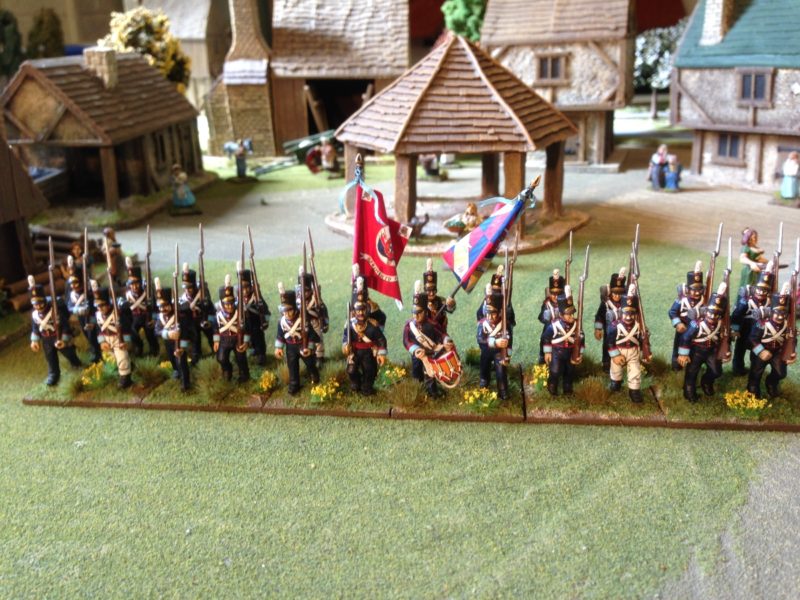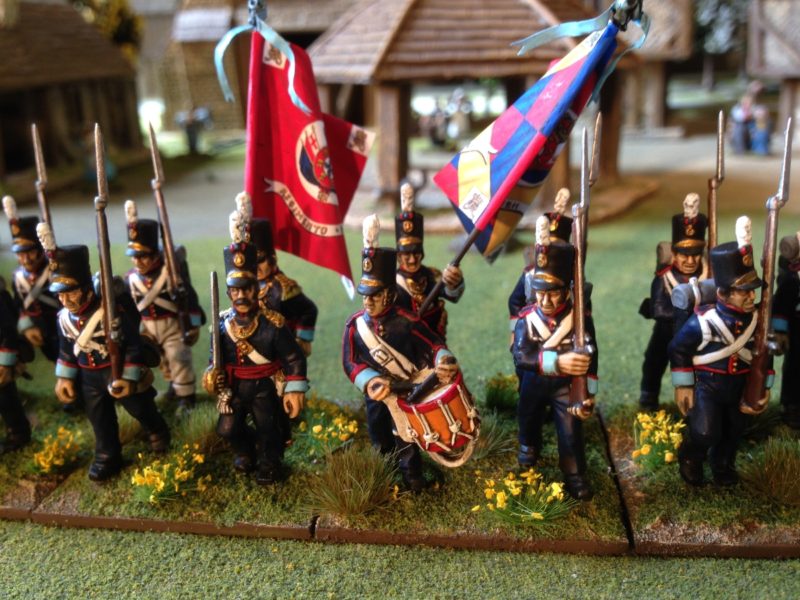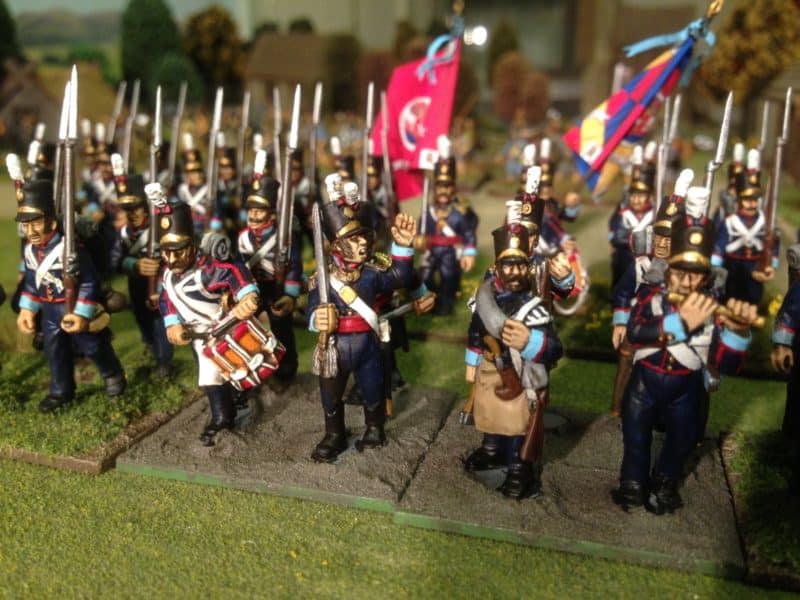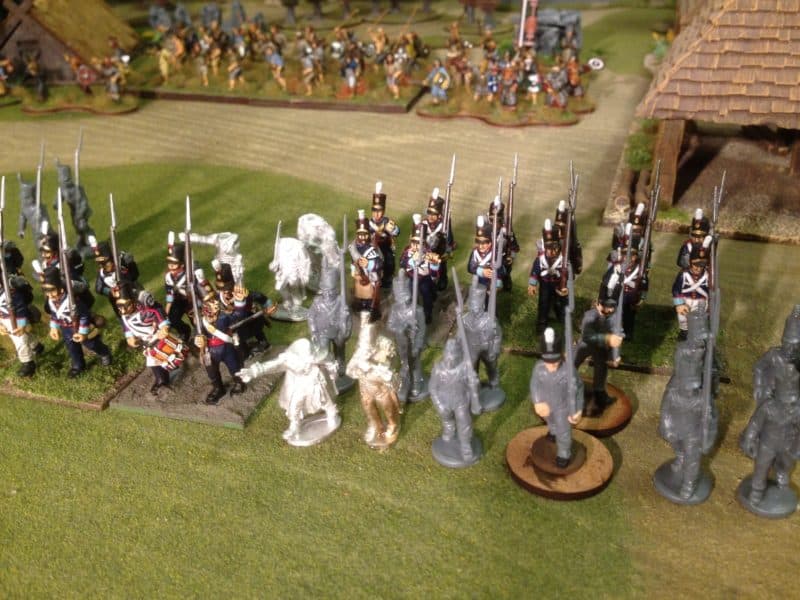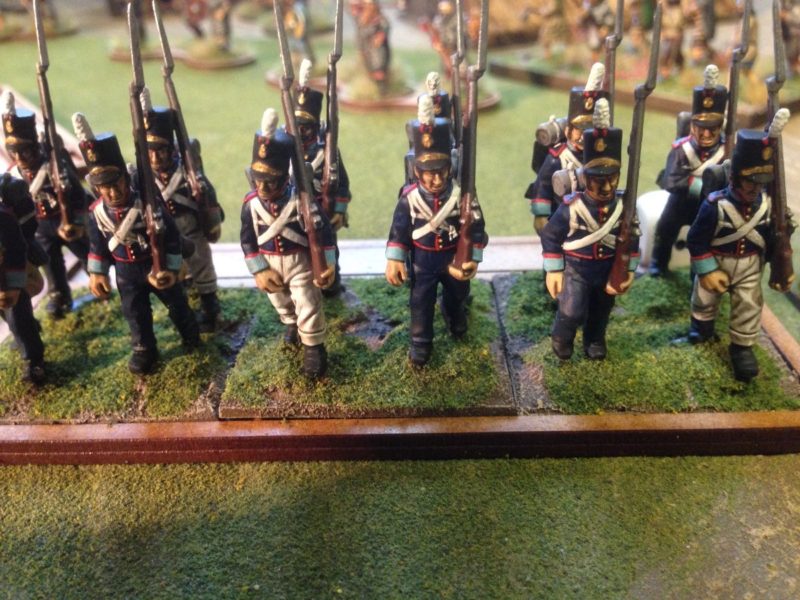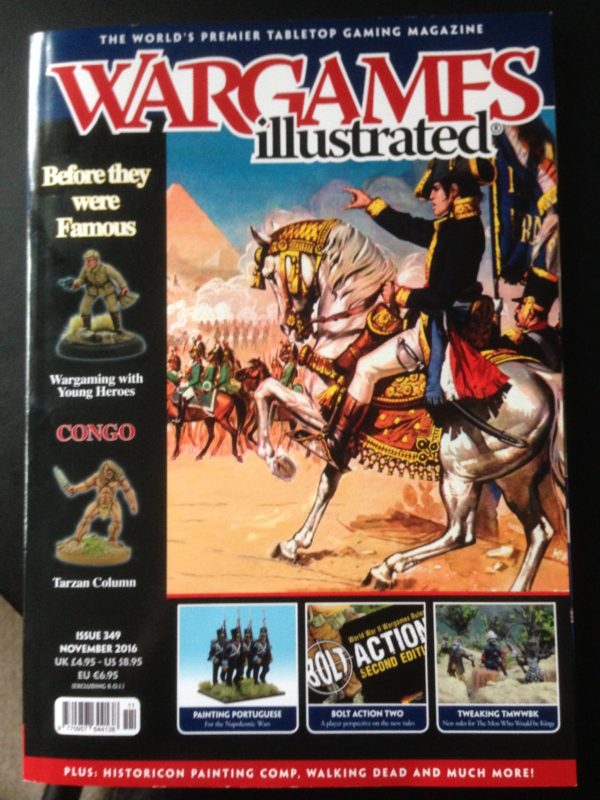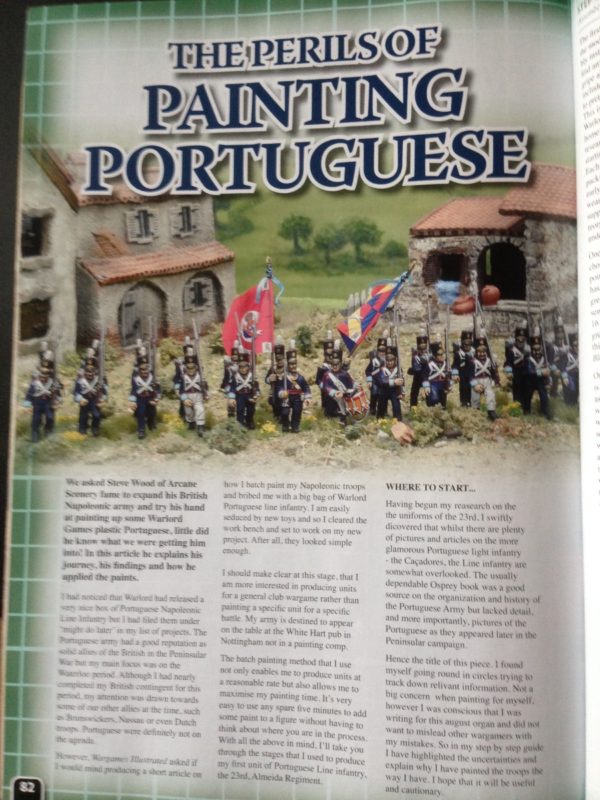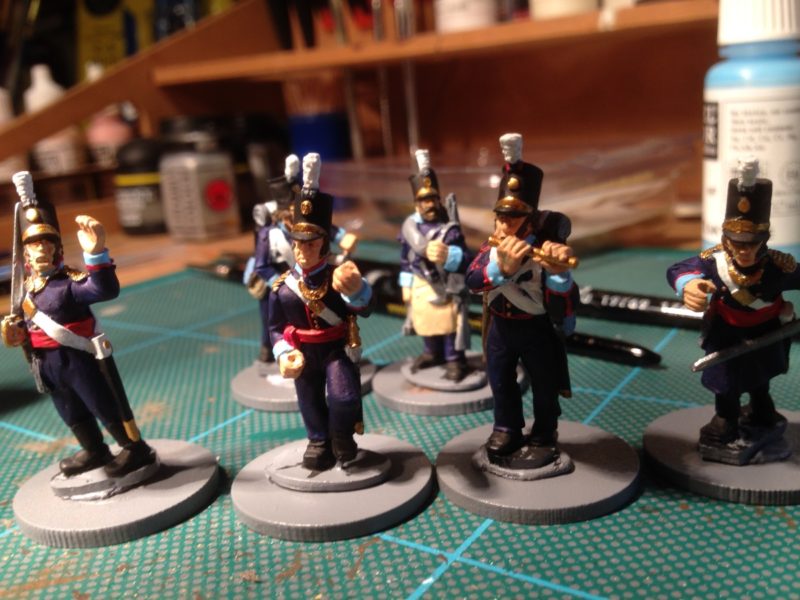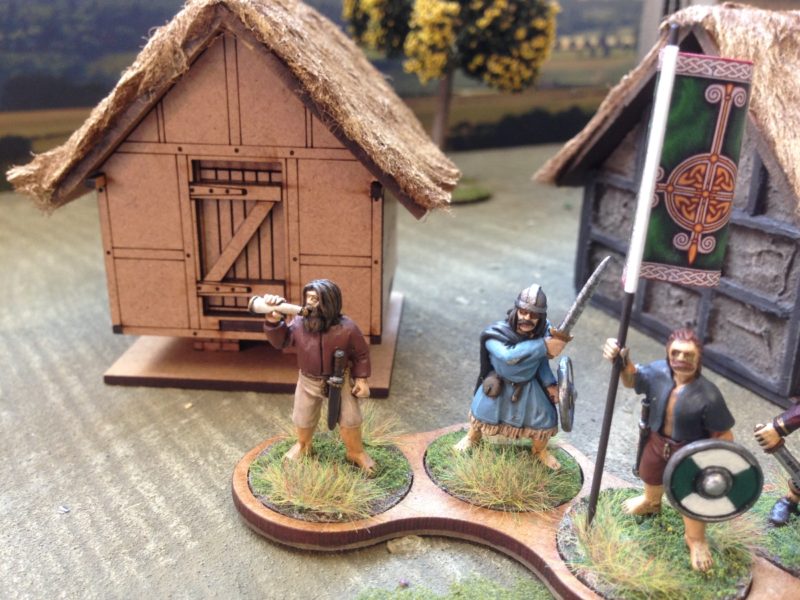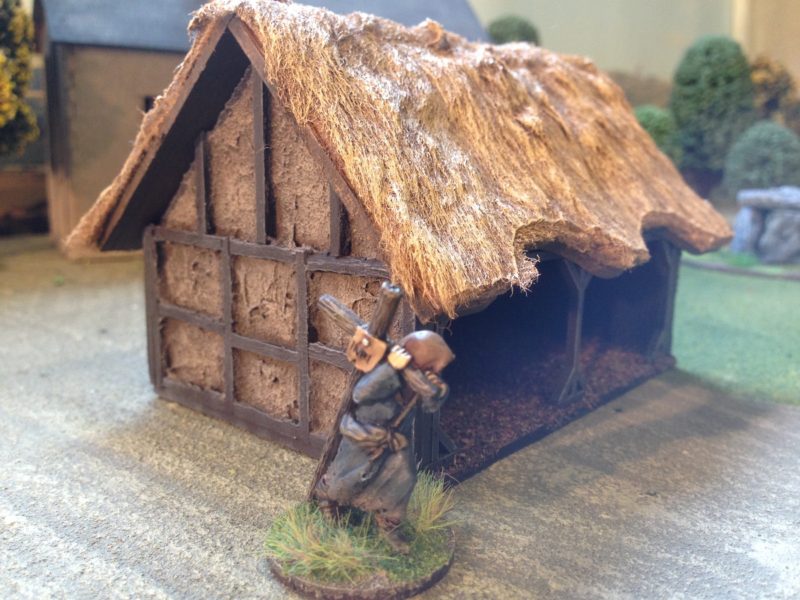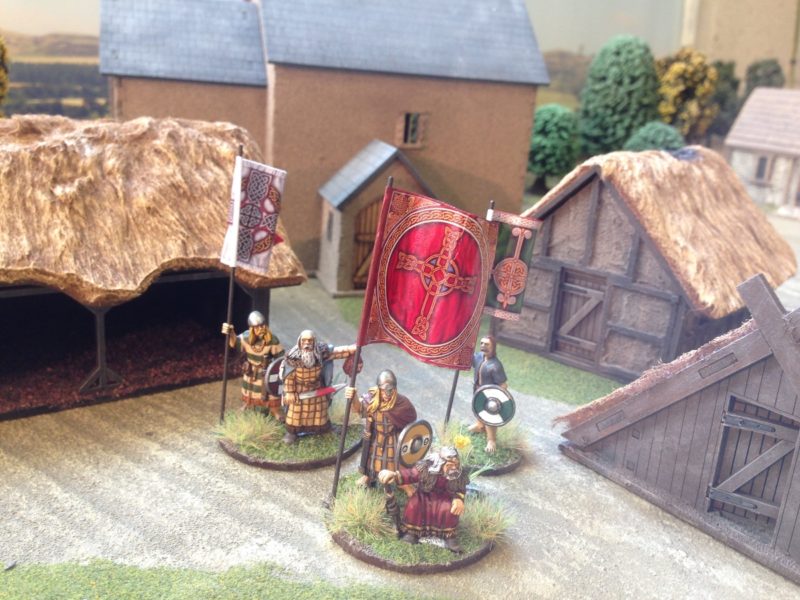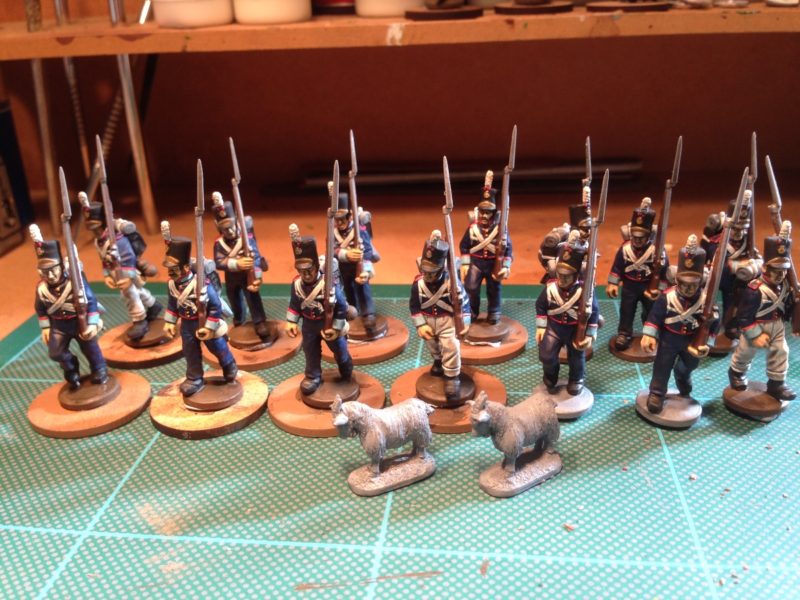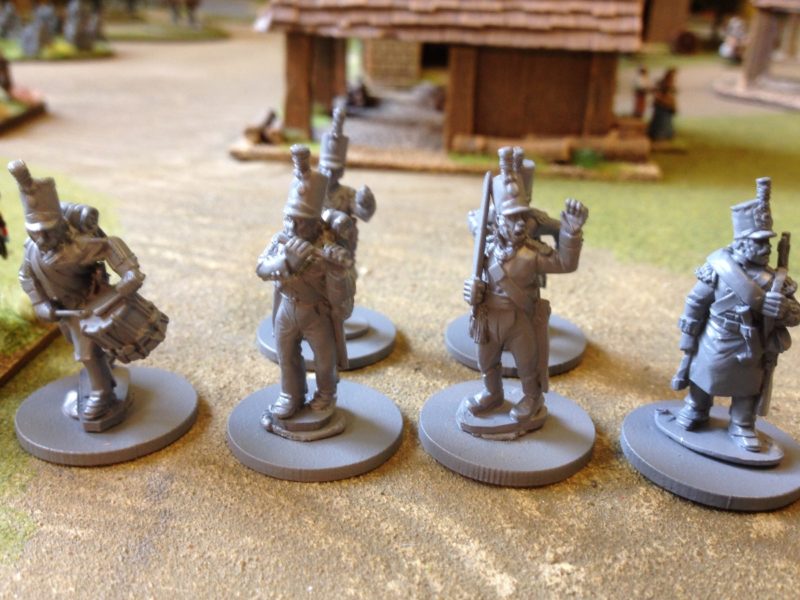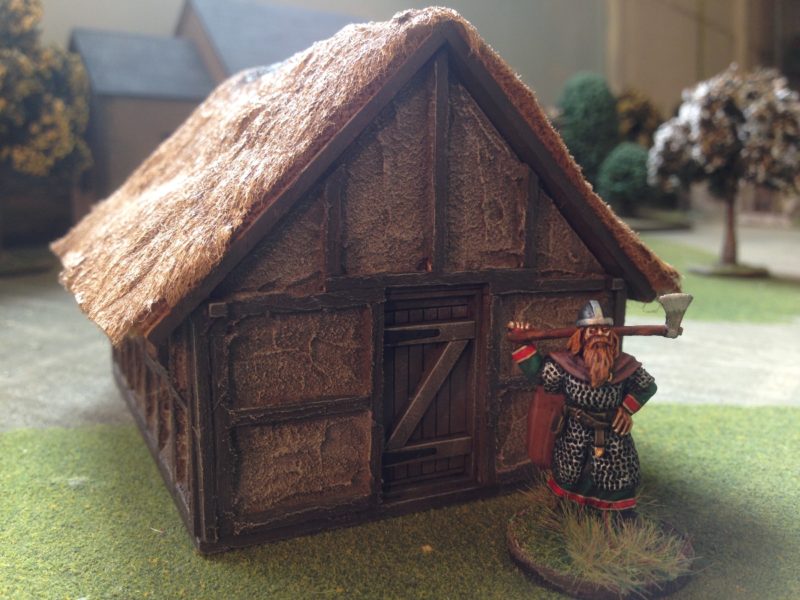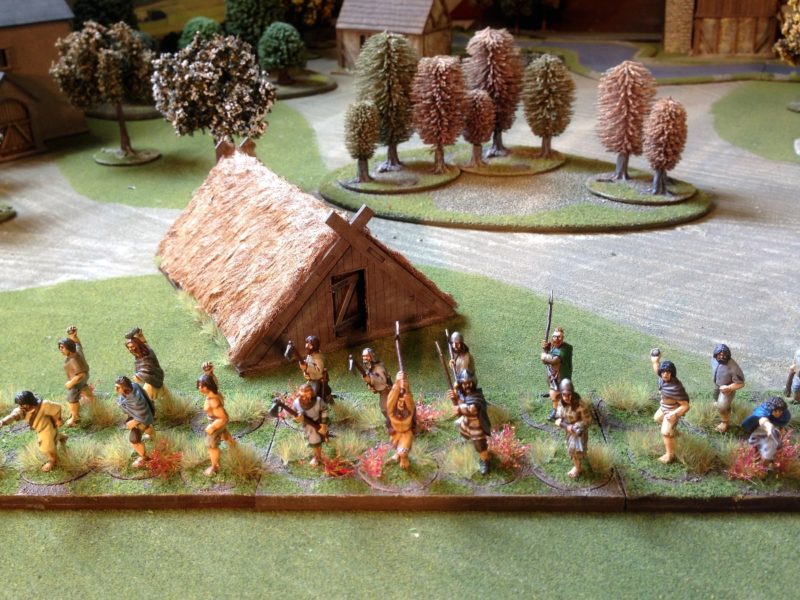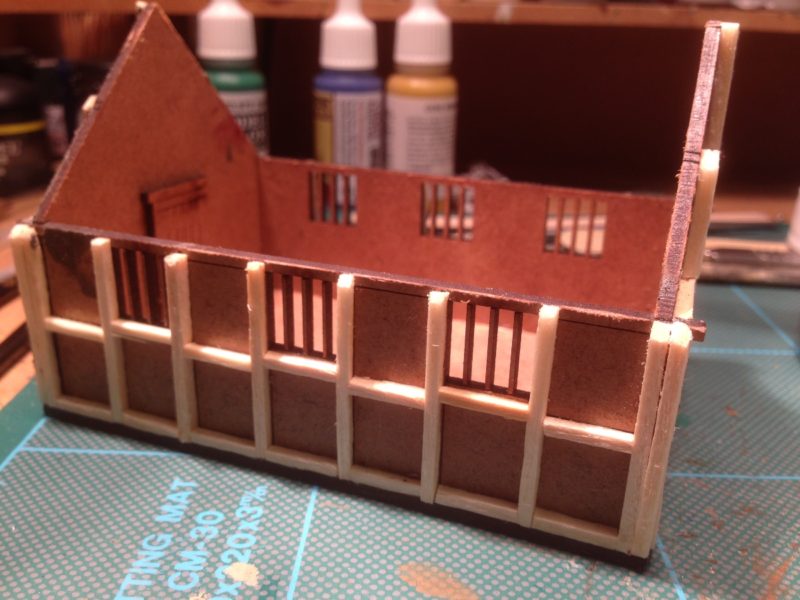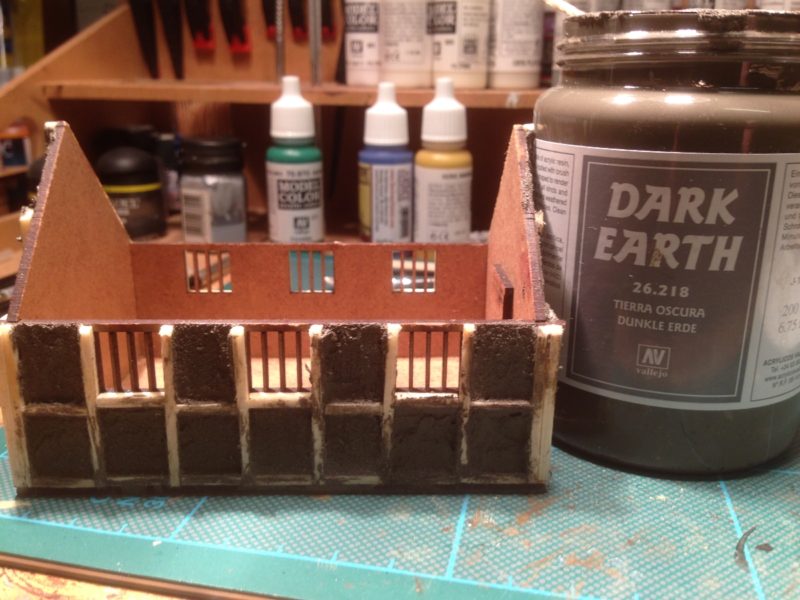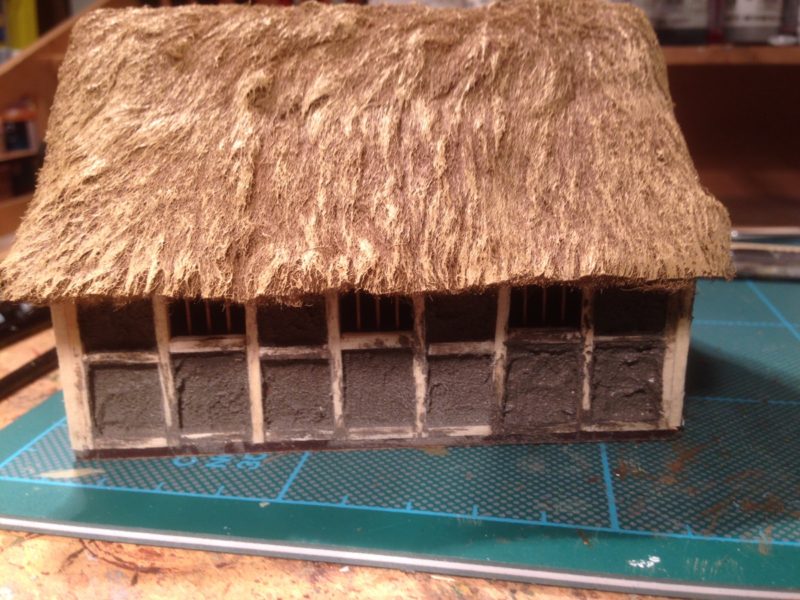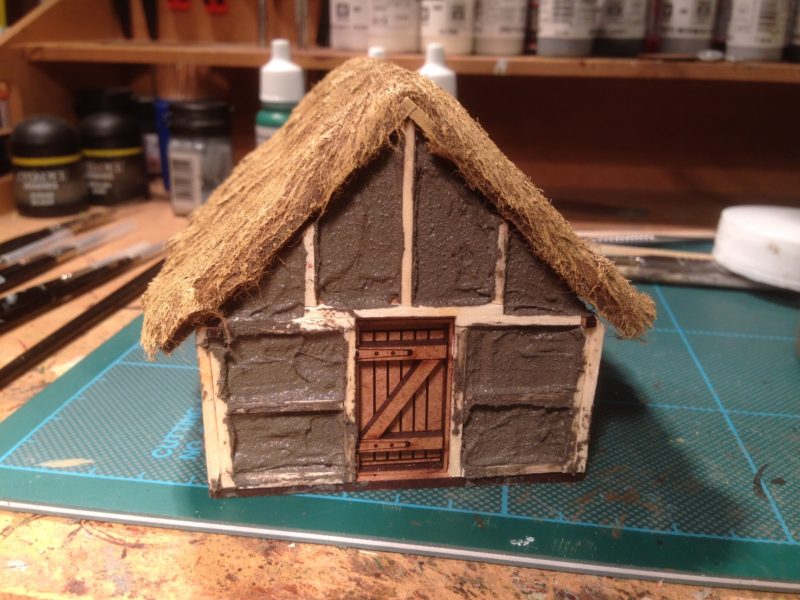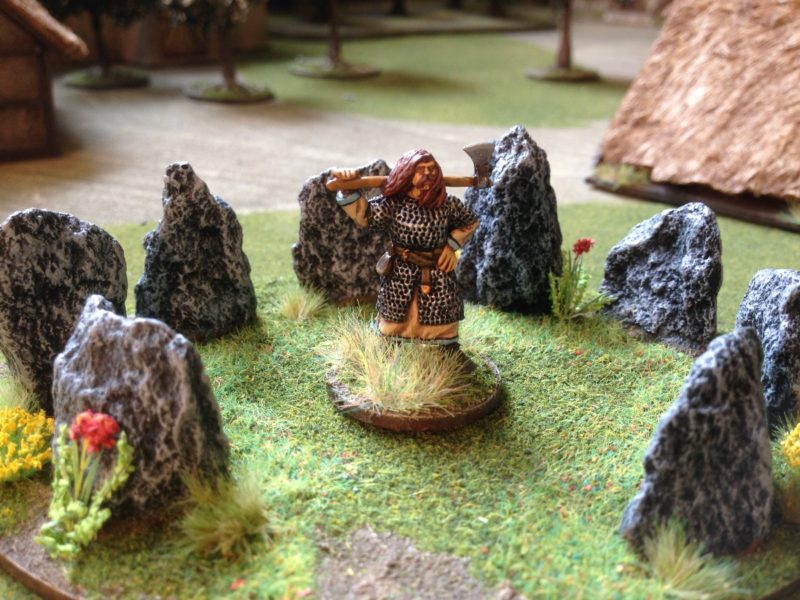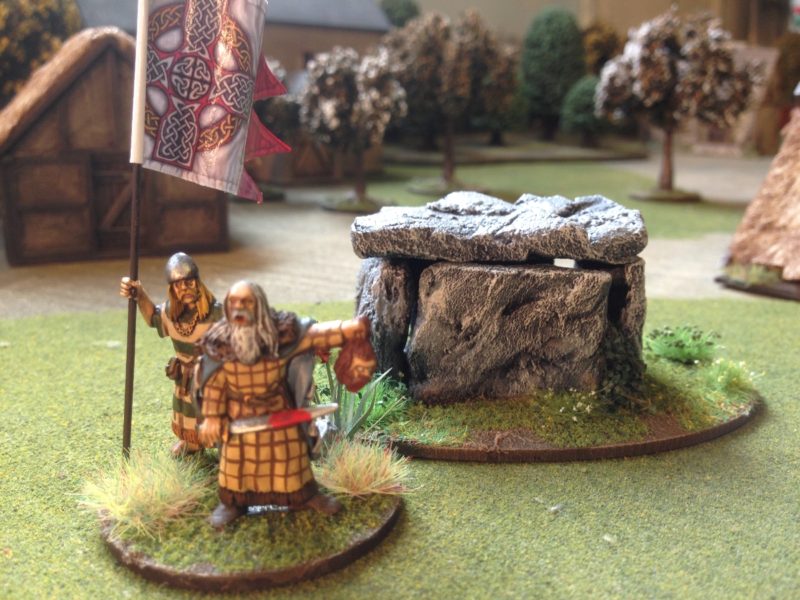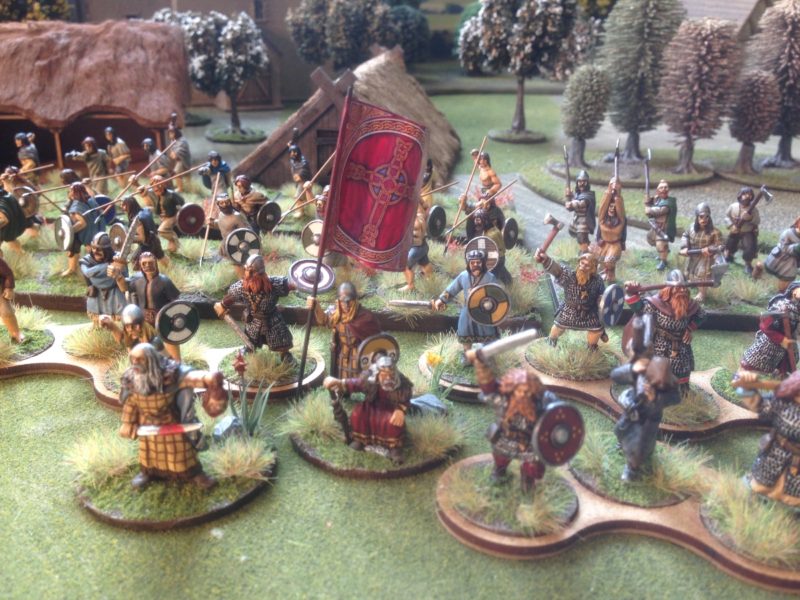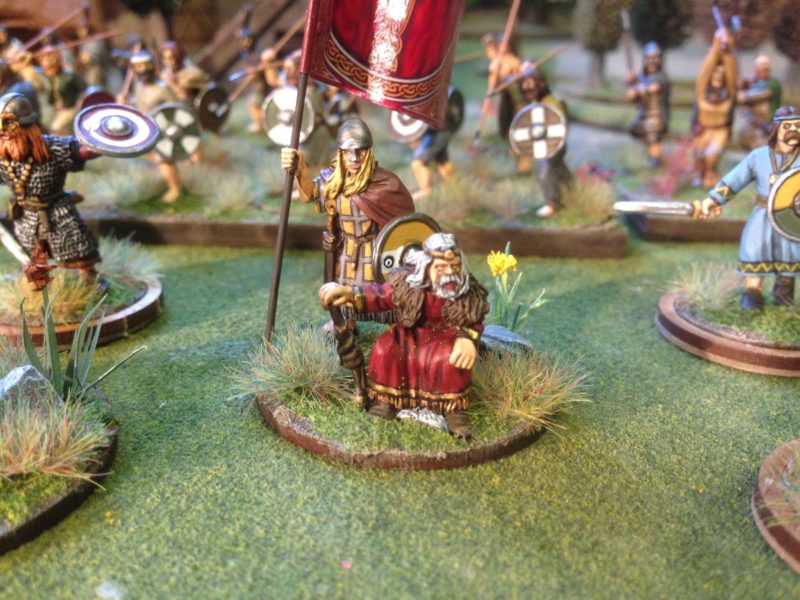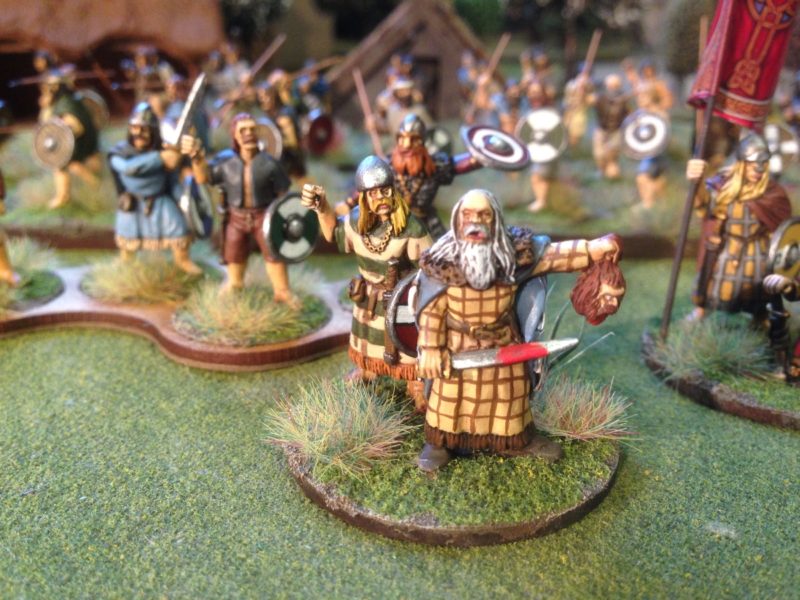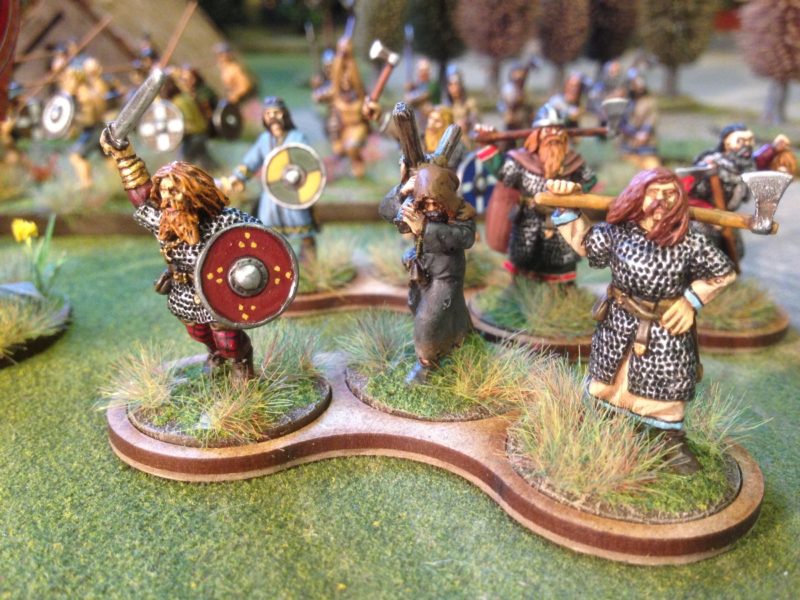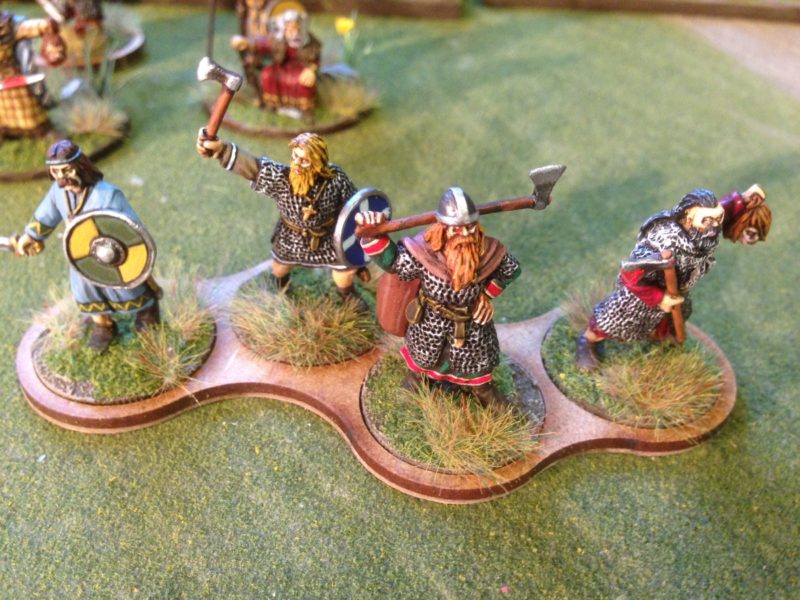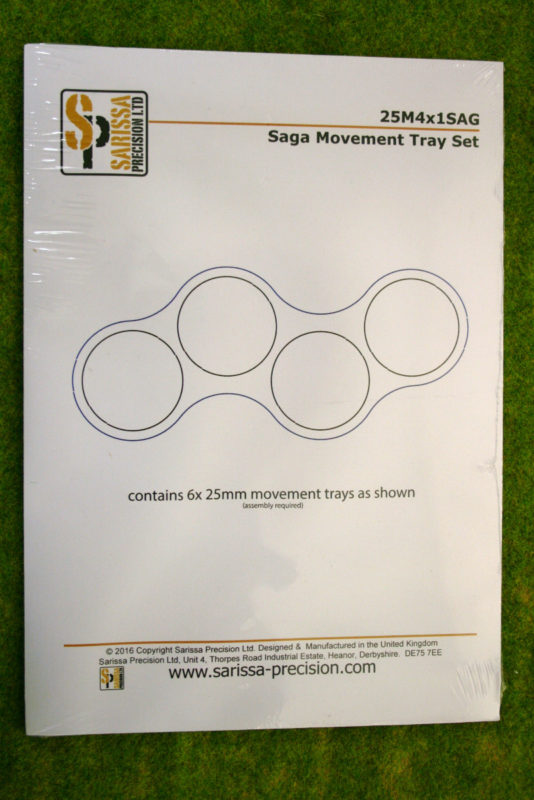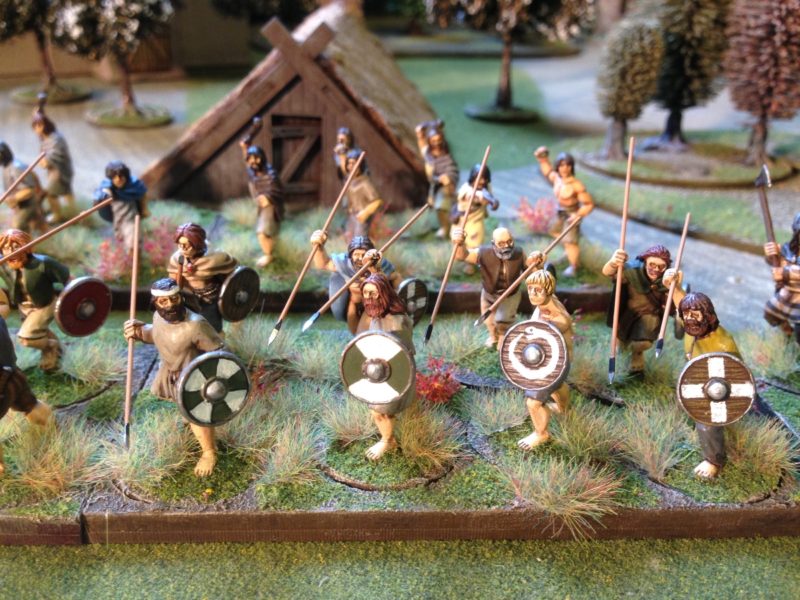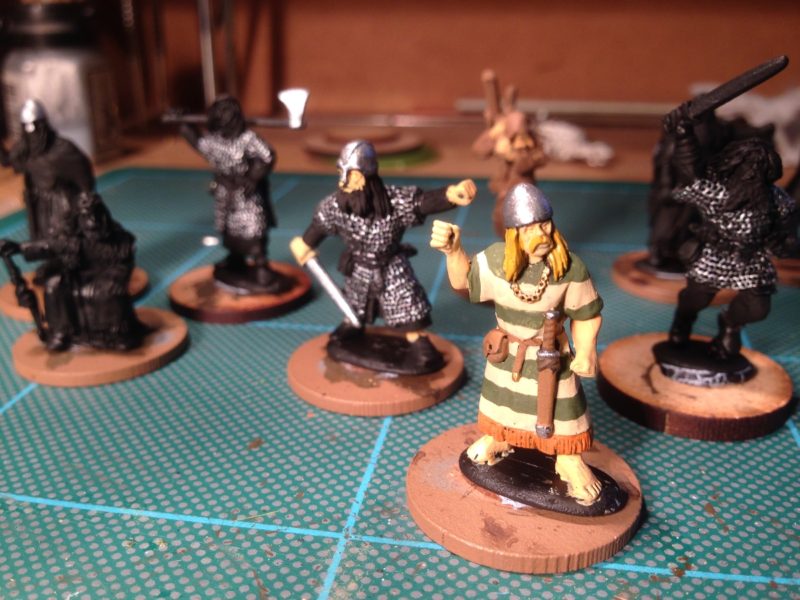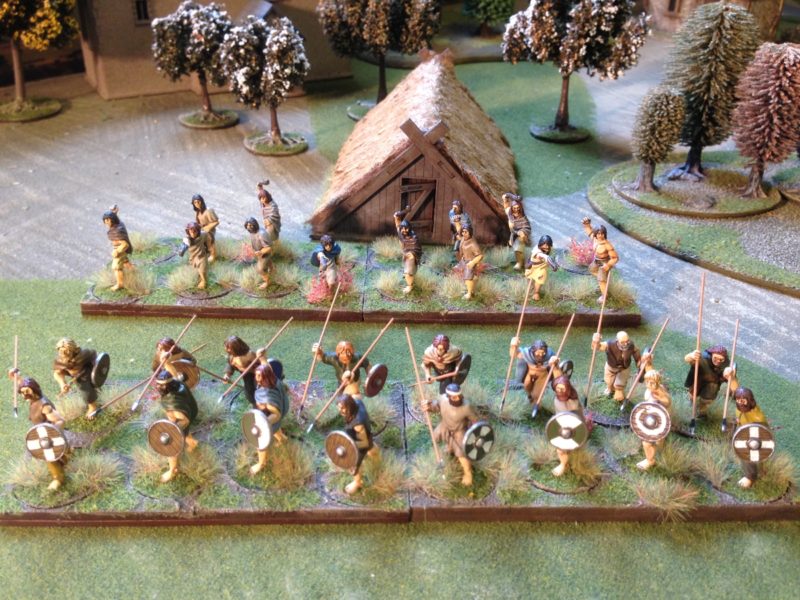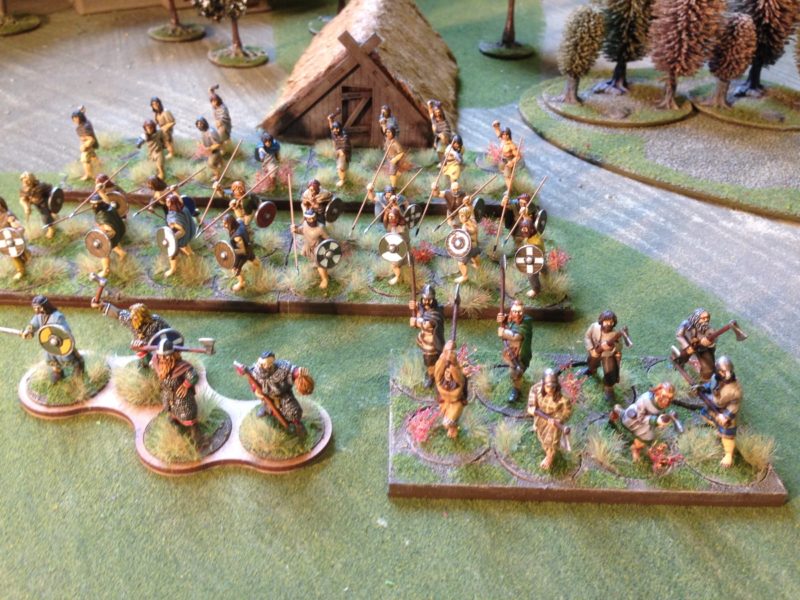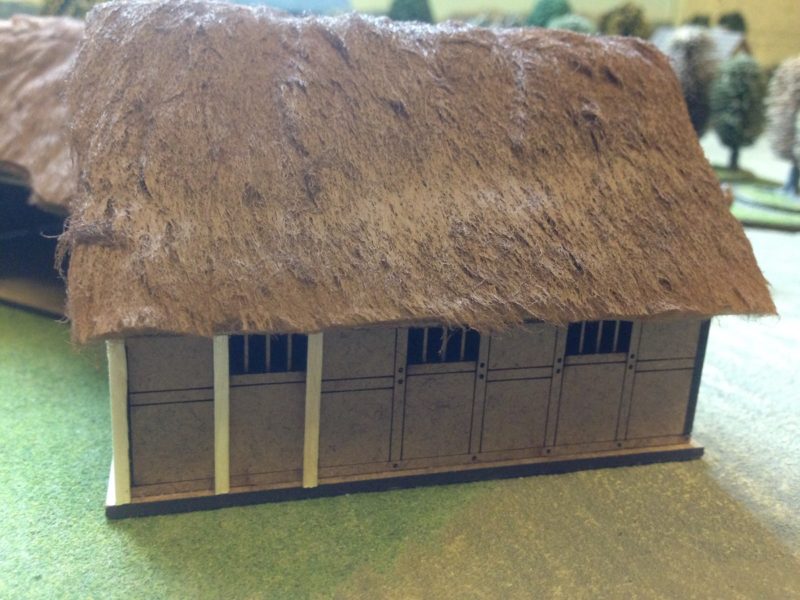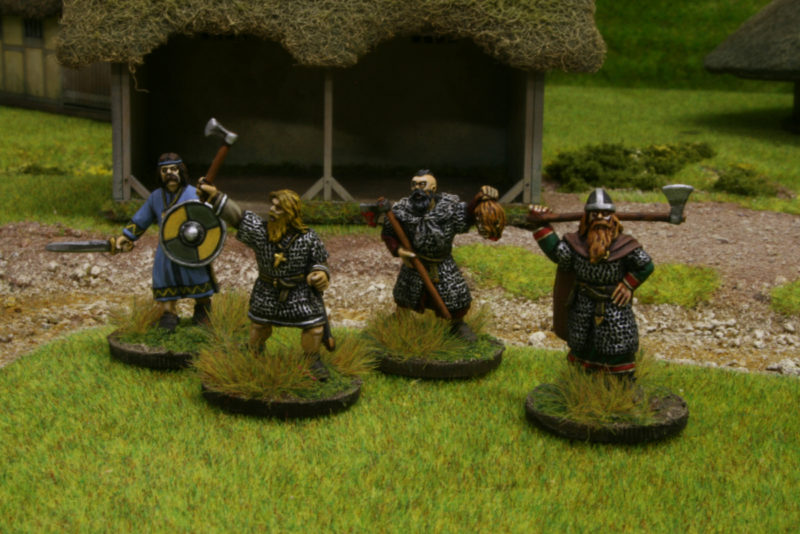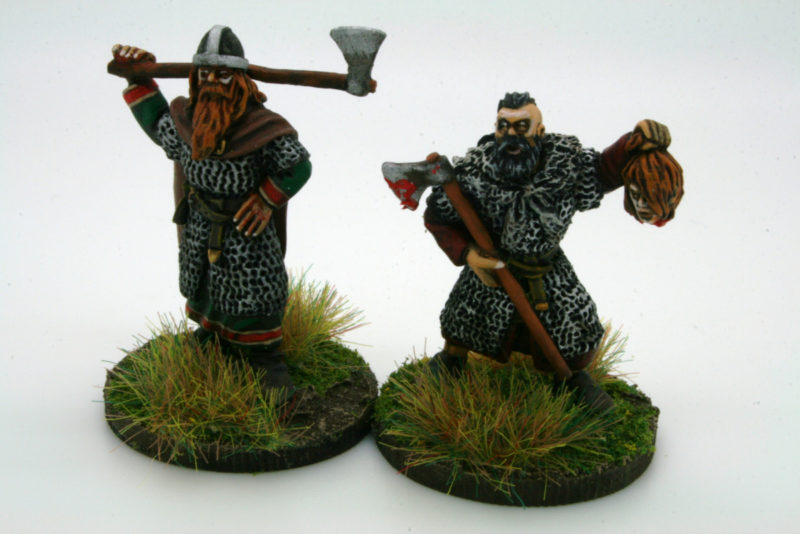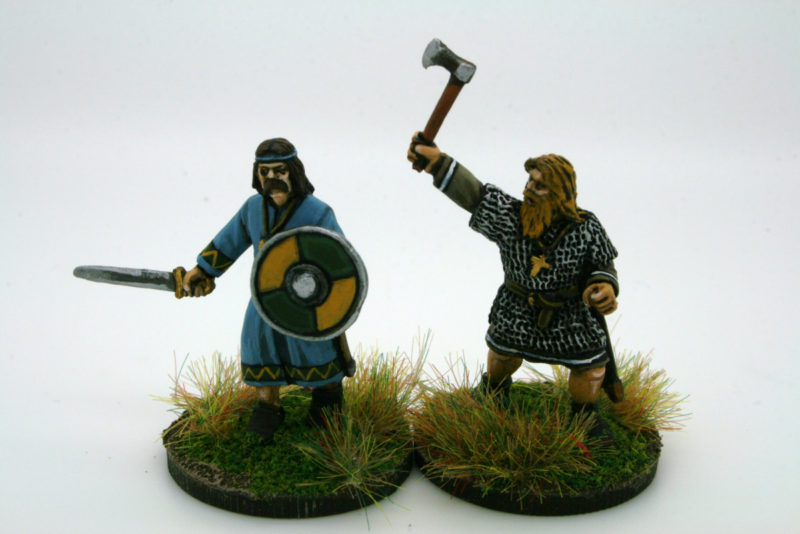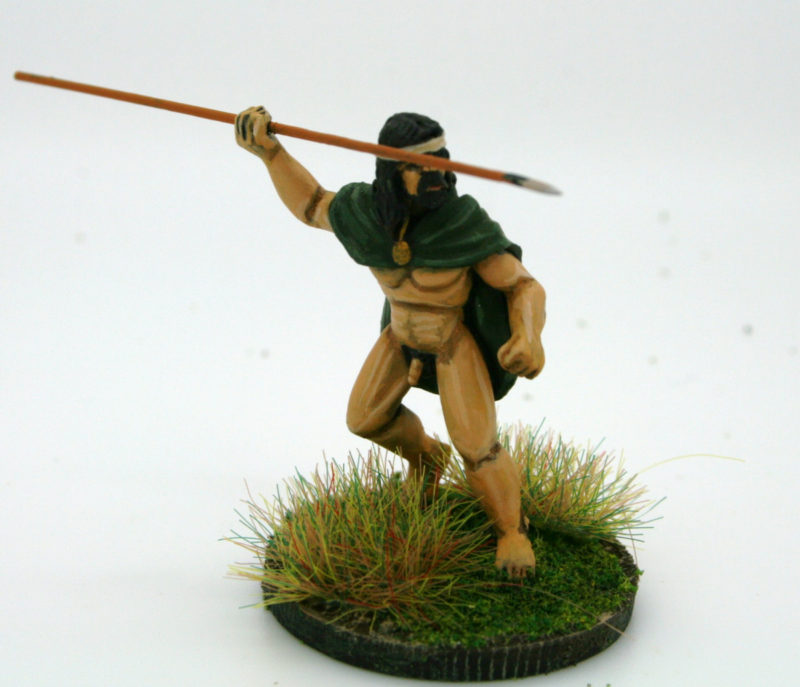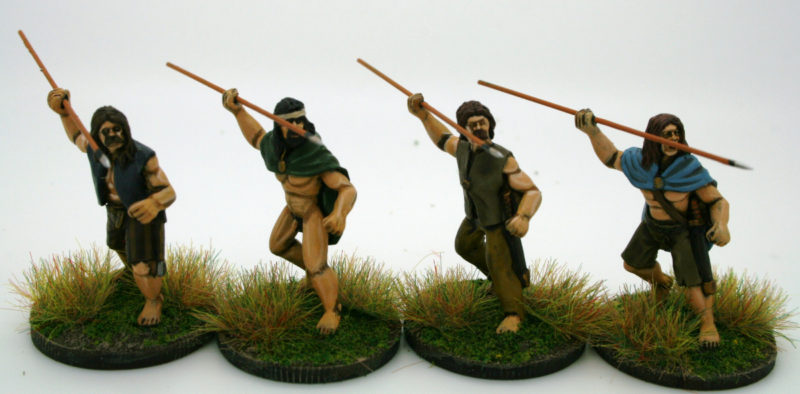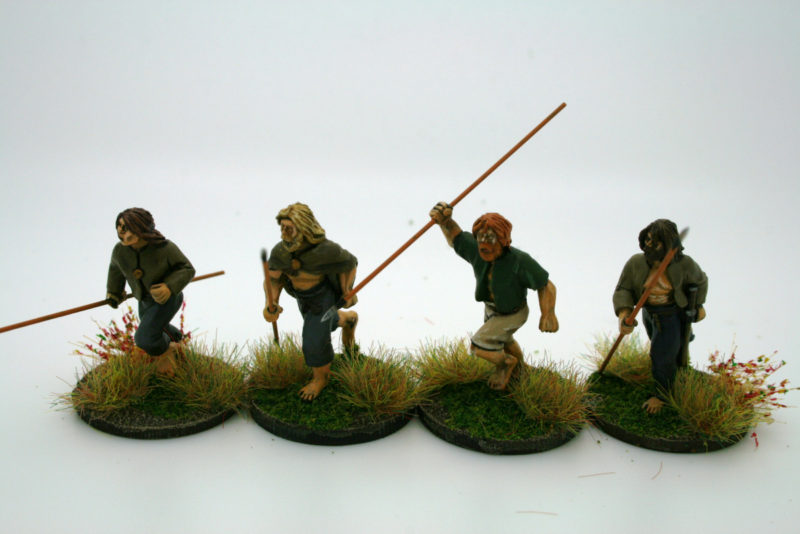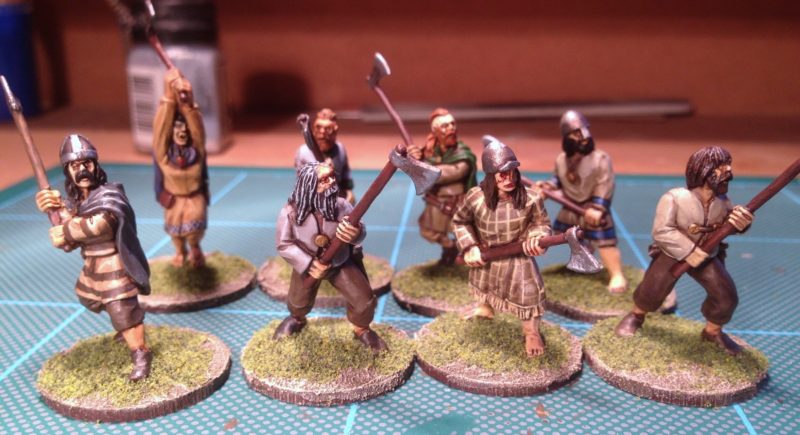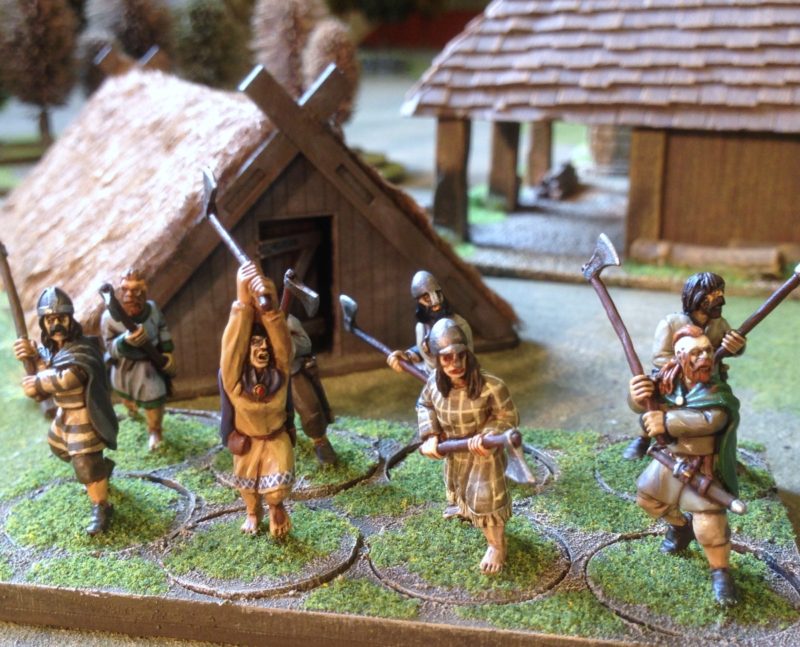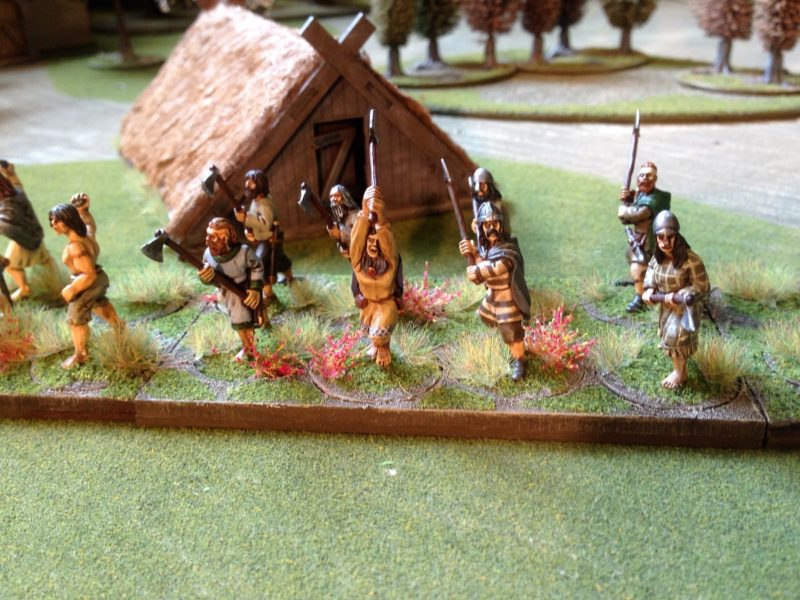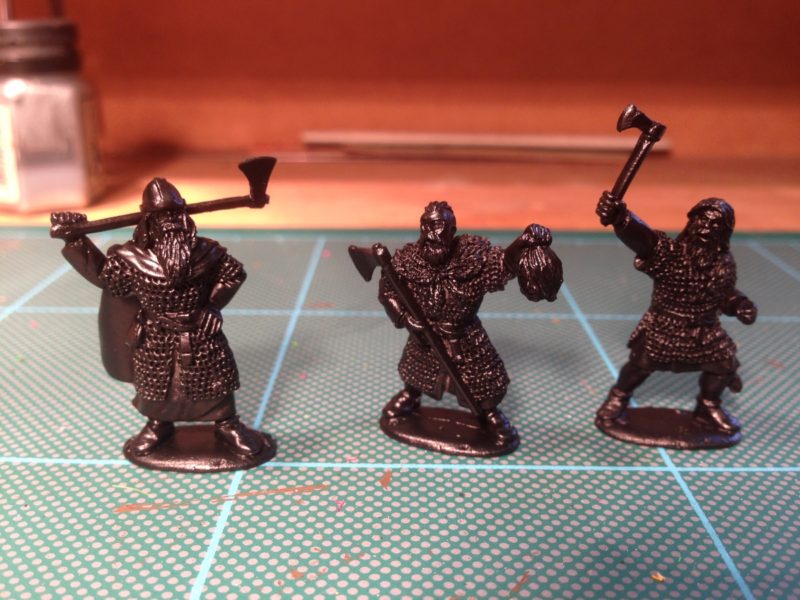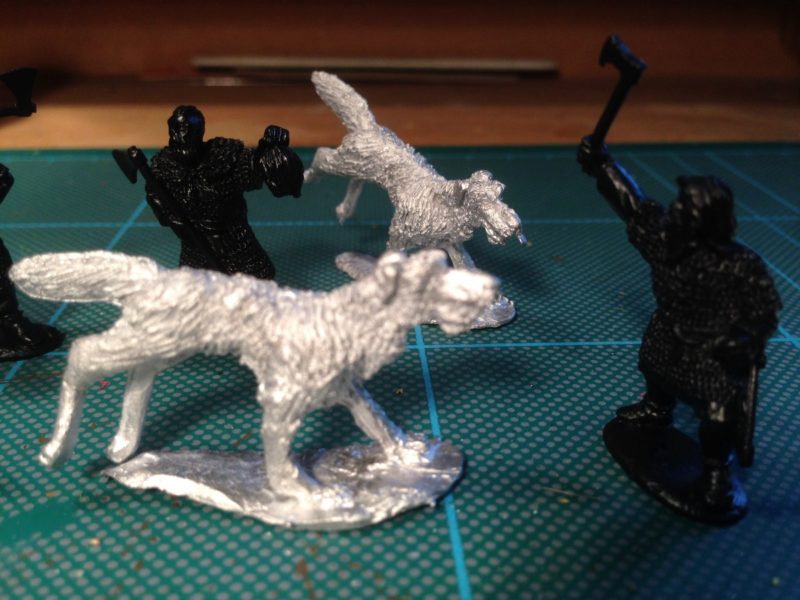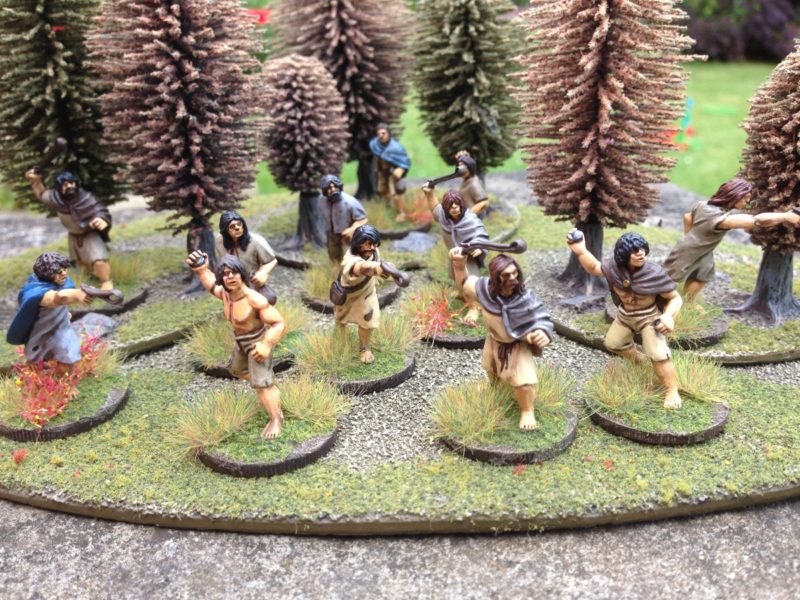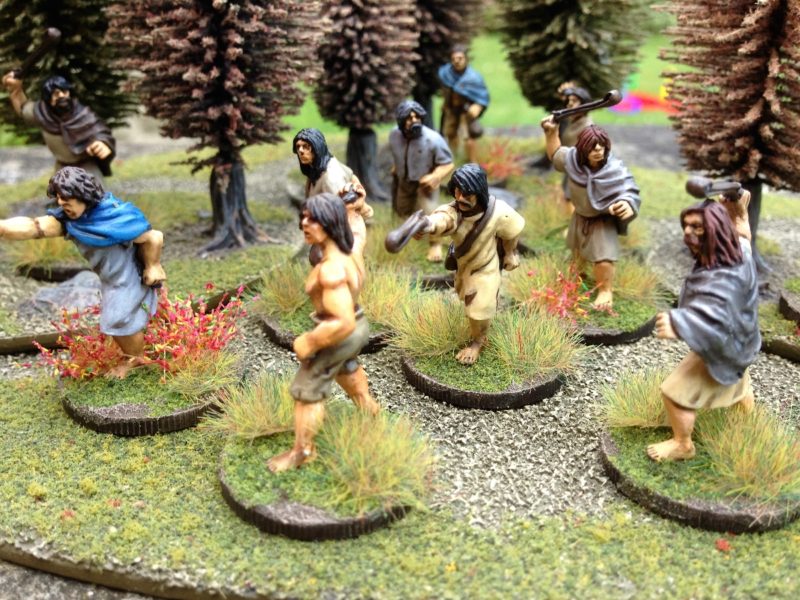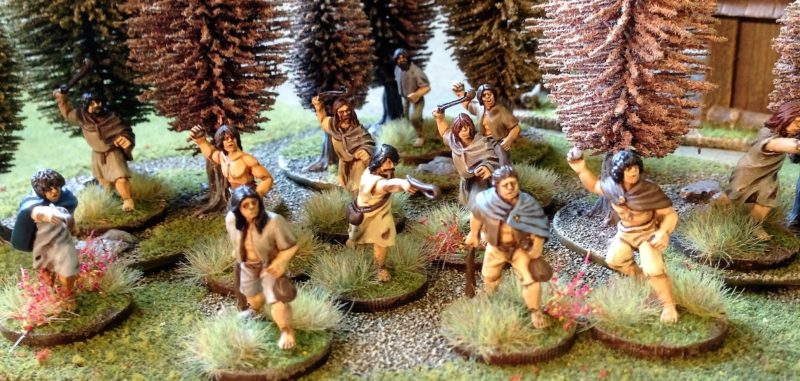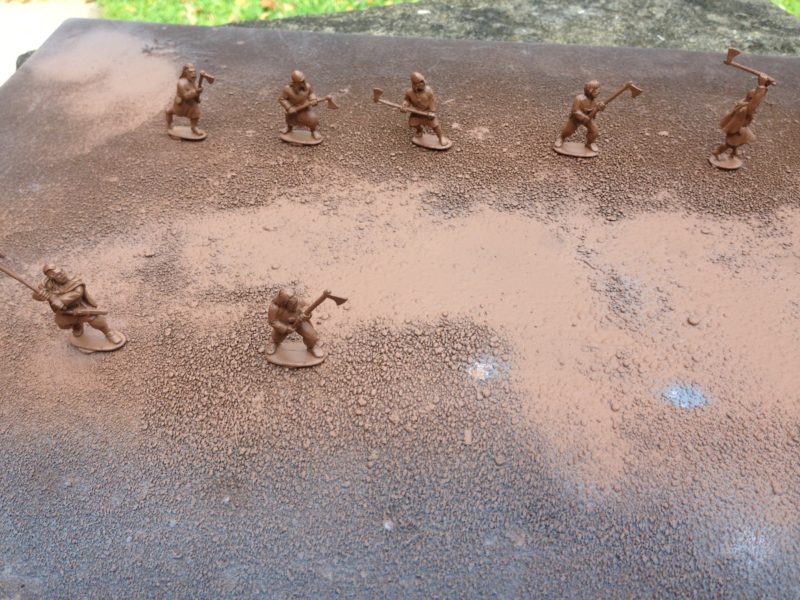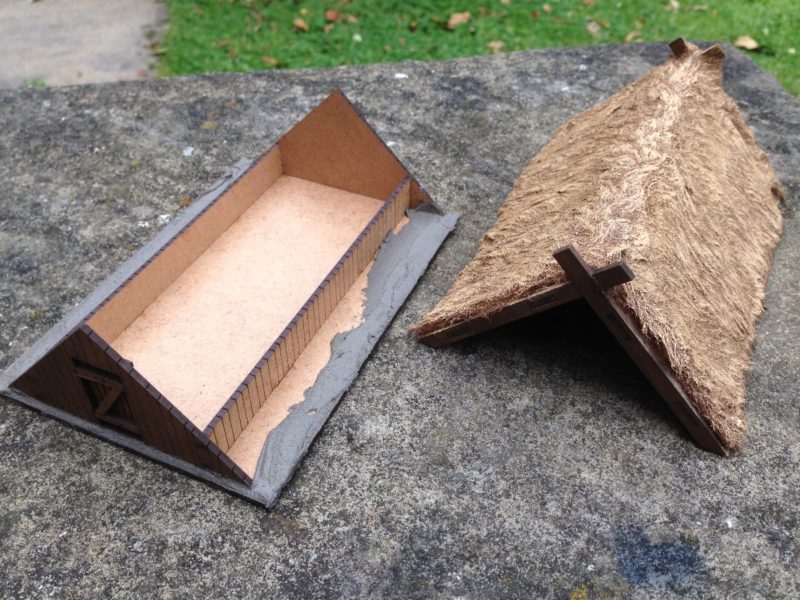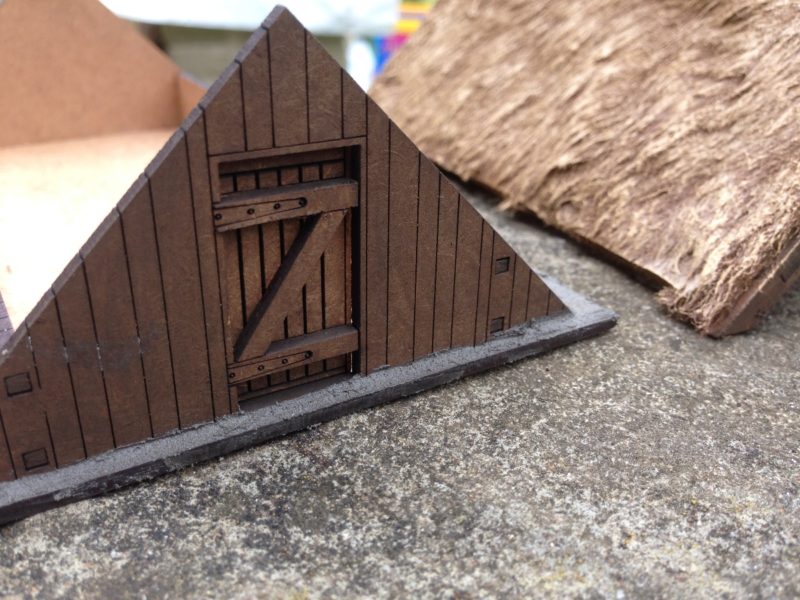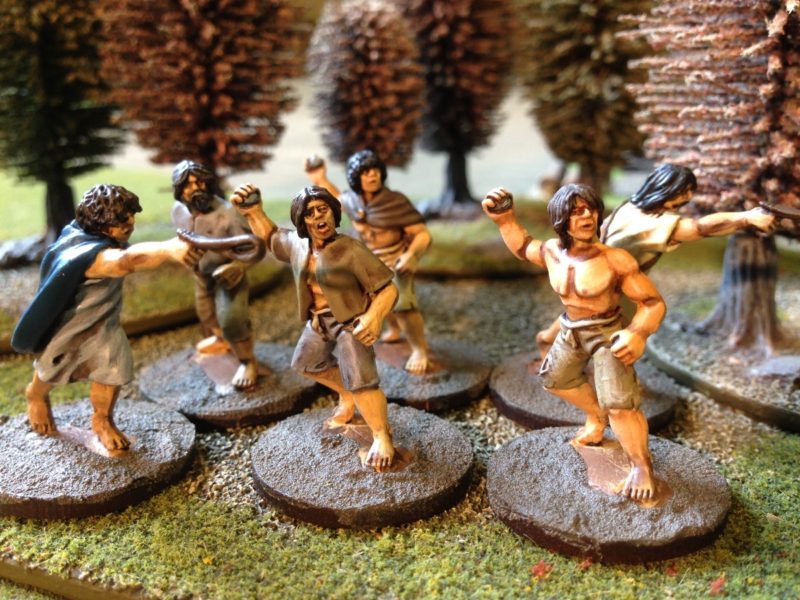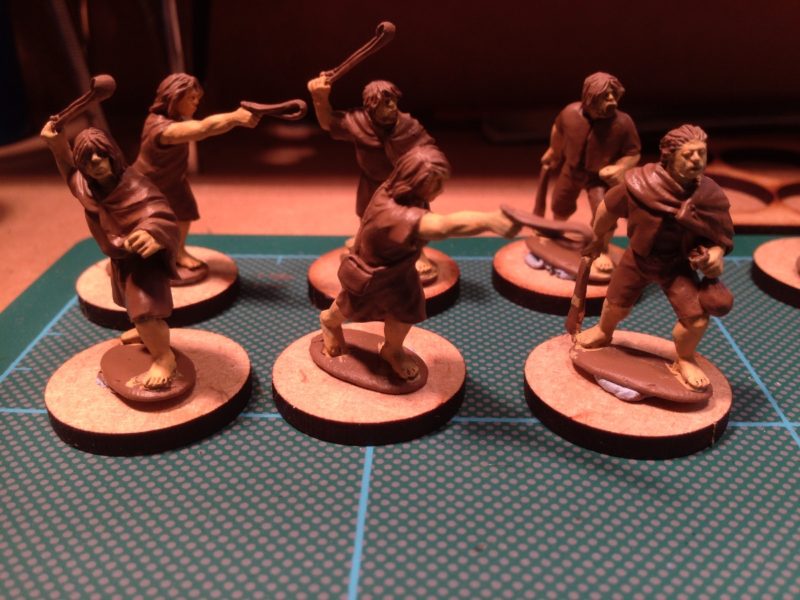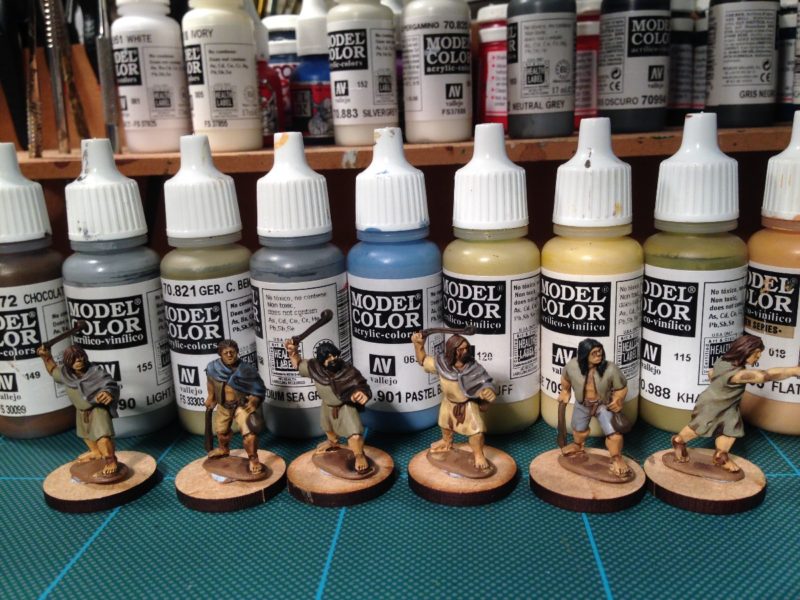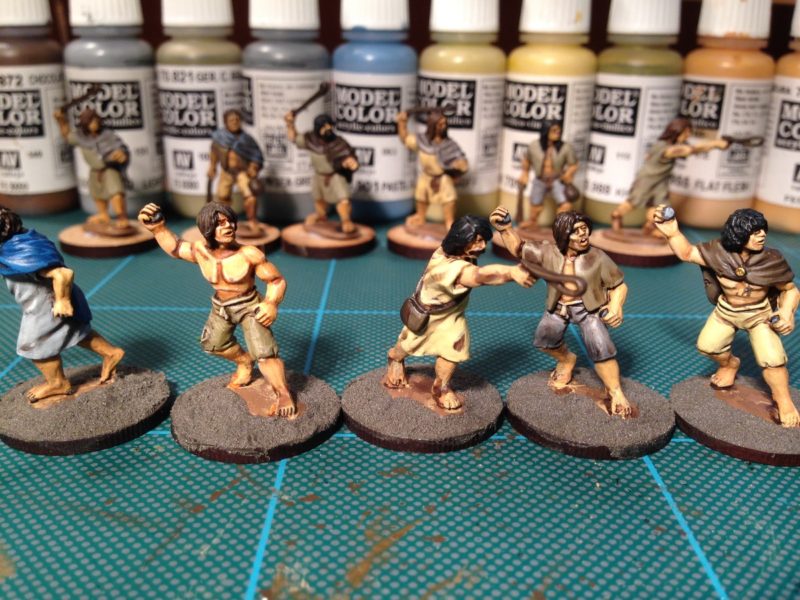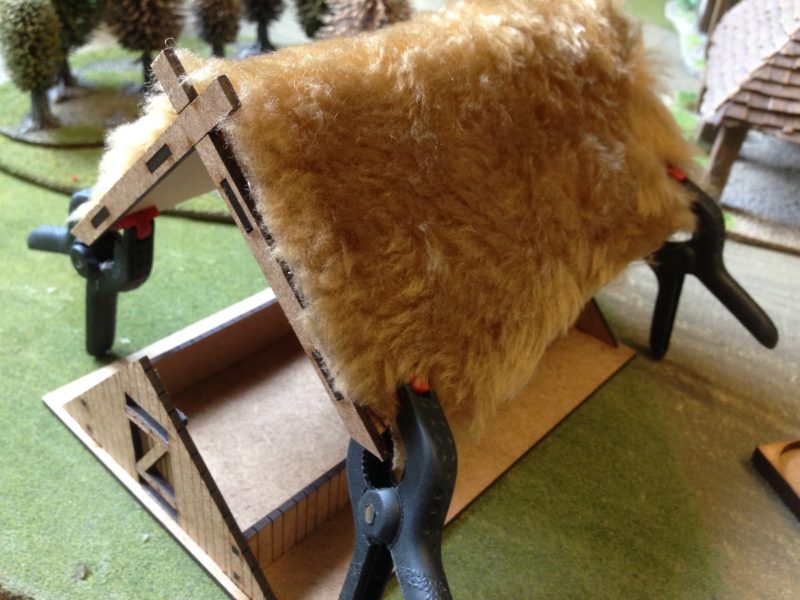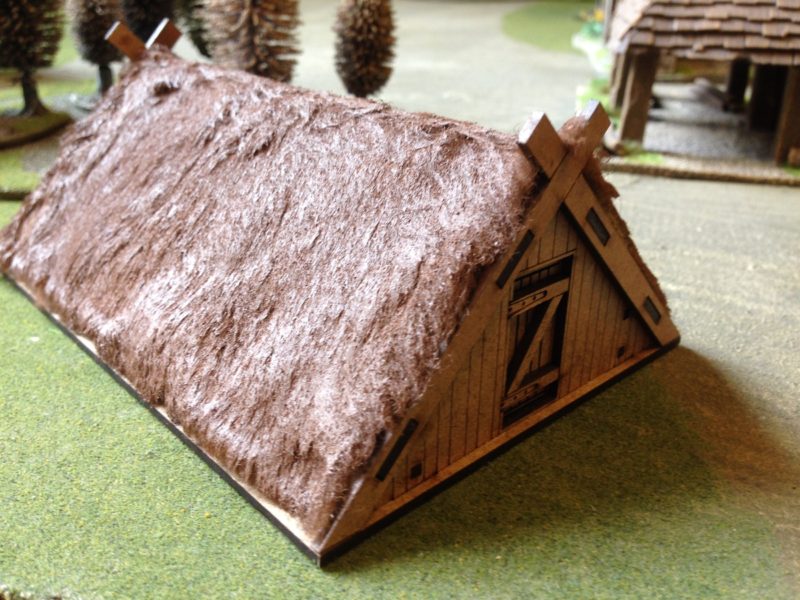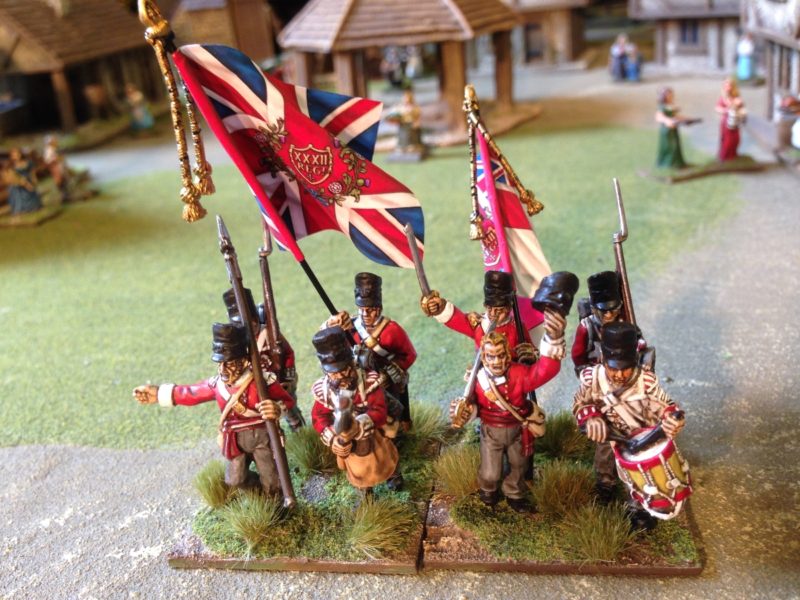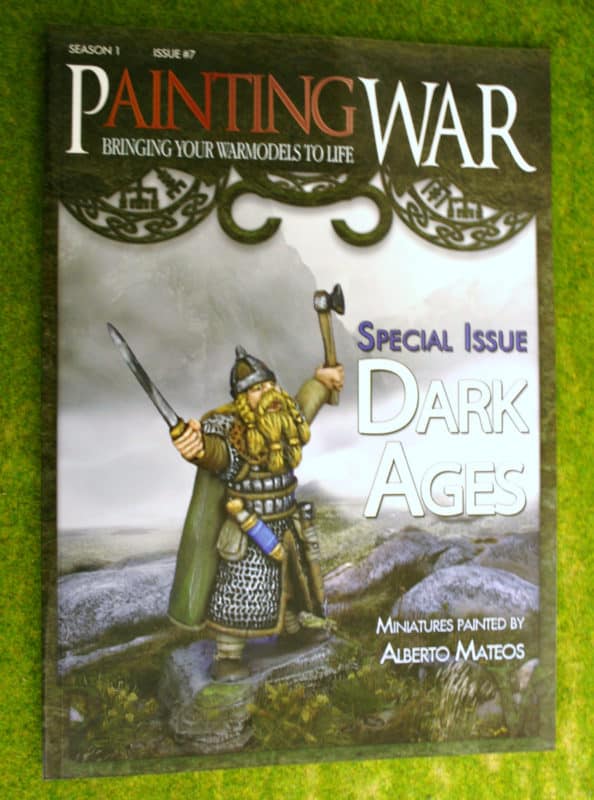
Marvellous! Just as you finish a project ( my Irish Warband) along comes the ideal publication that would have helped get an even better result. I’m talking about the release of the latest magazine in the Painting War series, ‘Dark Ages’. If you haven’t come across this series before, then I think that you are missing out. Each magazine, or more accurately, bookazine, takes a particular subject and using a guest artist, shows you how to paint a series of models. They have previously covered WW2 German army, French Napoleonics, WW2 US and Japanese Forces, British Napoleonics, The Spanish Civil War, Feudal Japan and now the Dark Ages. You can see the range here:
Painting War Magazines
The Dark Ages Magazine is by Alberto Mateos. It starts with a general painting guide and some basic techniques before covering general subjects such as how to paint skin, hair, fabric (including tartan), Armour, shields, flags, horses, accessories and even terrain. All of these subjects are referenced against the colours the artist has used and have clear step by step instructions. That’s just the first half of the mag! In the second part, there are 39 tutorials showing you how to paint individual figures, practically all of which are taken from the Saga Warbands. Most of the figures used are from either the Gripping Beast or Crusader ranges but of course, the techniques are applicable to any suitable Dark Age model. An example page is shown below:
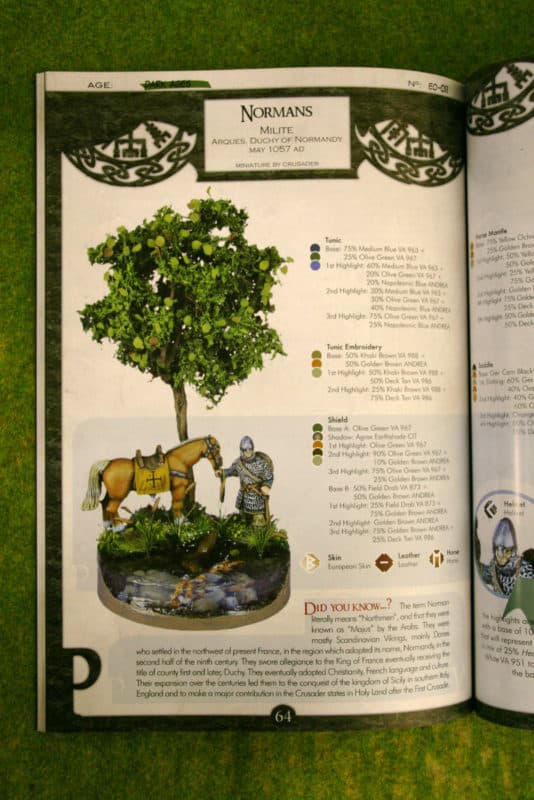
With so many practical examples of how to paint your Dark Age army, you really cant be lost for inspiration or ideas. There’s one other clever idea. A colour reference chart in the centre of the magazine. So if you want to know how to paint Lambs skin, turn to page 63, not sure how to paint Red hair, turn to page 70, Scottish tartan – Page 20 – you get the idea and it’s very useful. So it’s another title that I will be adding to my reference library and I thoroughly recommend it for yours. If you would like a copy, just click here:
Painting War – Dark Ages
Meanwhile, back at the work bench, the Portuguese are slowly coming along.
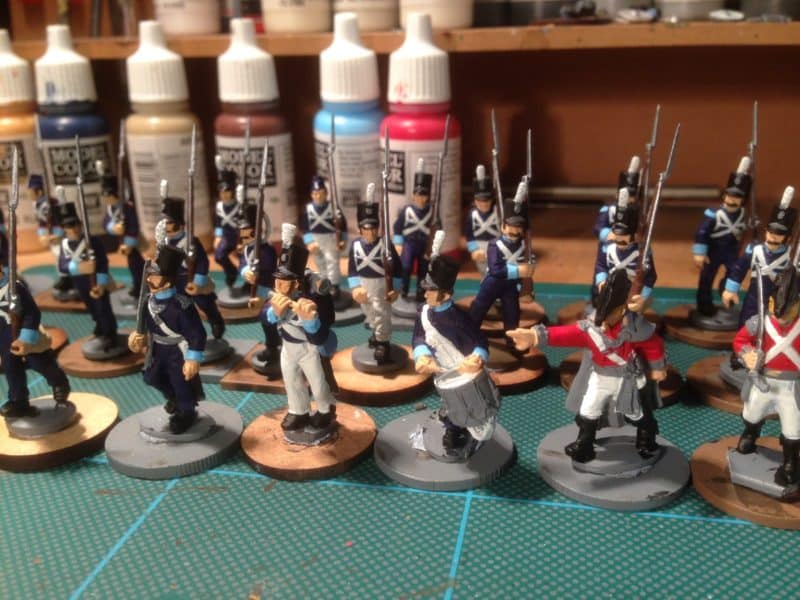
Portuguese on the workbench
I am at stage 5 out of 8 in my batch painting process, with the red piping to complete before tidying up, and painting the details – brass plates, buttons etc.
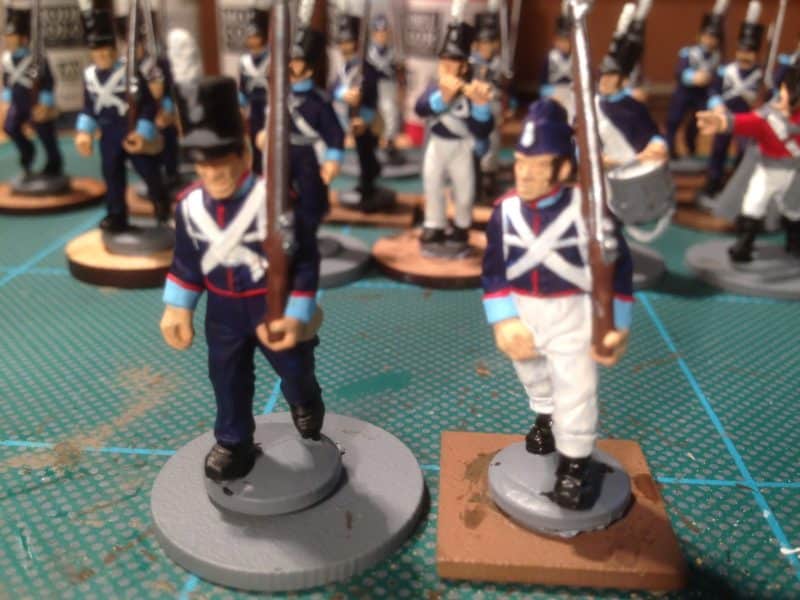
Red Piping done. Brass & other details to complete
I think that I will struggle to get both Battalions completed in November but given a good couple of sessions, these boys should be ready for basing next week.
